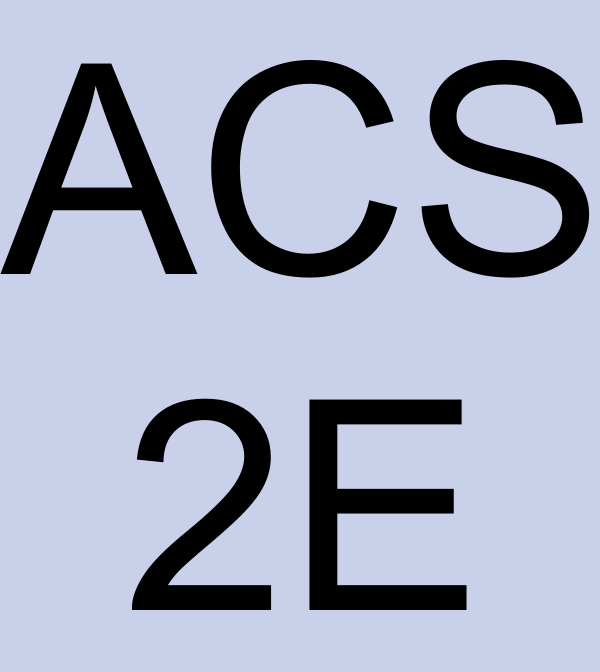Skip to main content\(\newcommand{\dollar}{\$}
\DeclareMathOperator{\erf}{erf}
\DeclareMathOperator{\arctanh}{arctanh}
\DeclareMathOperator{\arcsec}{arcsec}
\newcommand{\lt}{<}
\newcommand{\gt}{>}
\newcommand{\amp}{&}
\definecolor{fillinmathshade}{gray}{0.9}
\newcommand{\fillinmath}[1]{\mathchoice{\colorbox{fillinmathshade}{$\displaystyle \phantom{\,#1\,}$}}{\colorbox{fillinmathshade}{$\textstyle \phantom{\,#1\,}$}}{\colorbox{fillinmathshade}{$\scriptstyle \phantom{\,#1\,}$}}{\colorbox{fillinmathshade}{$\scriptscriptstyle\phantom{\,#1\,}$}}}
\)
Activity 5.3.3.
Evaluate each of the following indefinite integrals by using these steps:
-
Find two functions within the integrand that form (up to a possible missing constant) a function-derivative pair;
-
Make a substitution and convert the integral to one involving
\(u\) and
\(du\text{;}\)
-
Evaluate the new integral in
\(u\text{;}\)
-
Convert the resulting function of
\(u\) back to a function of
\(x\) by using your earlier substitution;
-
Check your work by differentiating the function of
\(x\text{.}\) You should come up with the integrand originally given.
(a)
\(\int \frac{x^2}{5x^3+1} \, dx\)
(b)
\(\int e^x \sin(e^x) \, dx\)
(c)
\(\int \frac{\cos(\sqrt{x})}{\sqrt{x}} \, dx\)

